Join Dr. Geurs, the study principal investigator, and Dr. Andrew Shuler, a general dentist and DIRR study practitioner to share your experience participating in the registry. We will provide an update on study progress, present preliminary results, and answer questions from dentists who are participating in the study. By joining the webinar, you will learn about the latest findings of the DIRR Study!
If you are interested in participating, contact us!
Innovative mDentistry eHygiene study shows promise in dental care
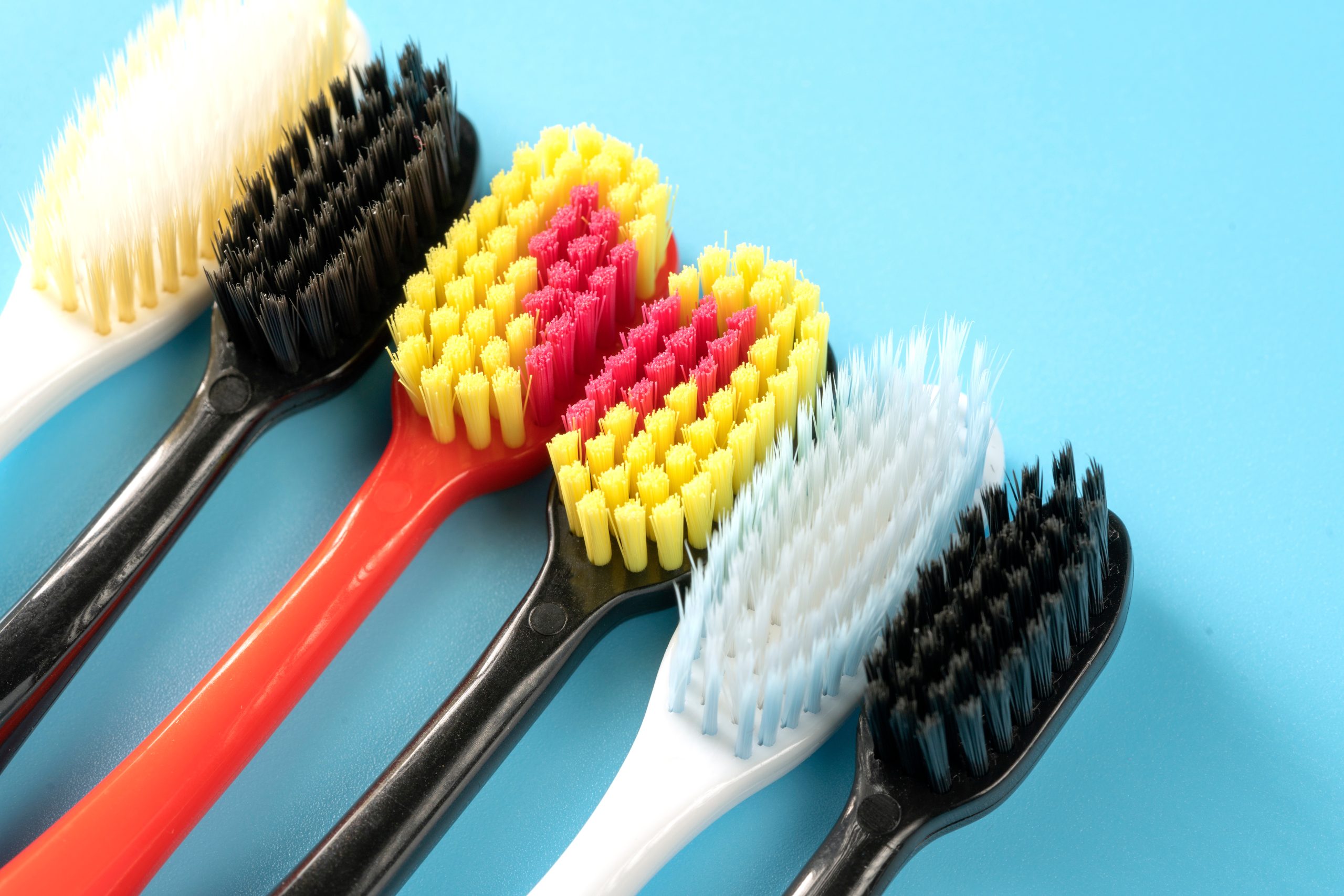
What is the study about?
Amid the COVID-19 pandemic, dental healthcare professionals face the challenges of conserving resources and preventing cross-contamination. Researchers are developing an innovative mDentistry model to address these concerns. The mDentistry model supplements the traditional practice of dentistry with virtual visits supported by mobile devices and mHealth tools such as mobile phones, wireless infrastructures and intraoral cameras. This mDentistry eHygiene study is the first step of utilizing the mDentistry model, which accessed the rich resources of the National Dental Practice-Based Research Network, recruit dentists, hygienists and patients from practices across regions of the Network, and assess the acceptance of virtual intraoral examinations by patients and the dental health care personnel, along with testing patients’ abilities to take intraoral photos using a digital mobile health tool.
Why did you conduct the study?
At the beginning of the COVID-19 outbreak, all dental professionals were brainstorming ways to reduce transmission risks of the virus and deliver quality care to our patients in a safe environment. We all remember the extreme shortage of high-level PPEs during the pandemic, a particular challenge for general dentists is that we are seeing at least 8-10 hygiene patients per day, which means we will consume a large quantity of PPEs just from seeing hygiene patients. For instance, a hygiene recall exam requires the dentist to leave the treatment room and change into a clean set of PPE before entering the hygiene room. After examining the hygiene patient, the dentist must change into another set of PPE before returning to the chairside patient. One hygiene check consumes two additional sets of PPEs, and for a dentist conducting eight hygiene checks a day, that amounts to 16 sets of PPEs.
Furthermore, time management is often a concern during hygiene checks, even in non-pandemic times. Dentists and hygienists may not have enough time to thoroughly discuss exam findings, treatment plans, and oral disease prevention and control with patients.
Additionally, during the pandemic, we are only allowing patients without fever, cough, or common cold symptoms to enter the dental office. However, there may be patients with dental needs who cannot physically come to the dental office, and we need to find alternative ways to provide dental care.
Given these challenges and clinical needs, our team has developed the mDentistry eHygiene model, which utilizes intraoral photos to assist with clinical examination and decision-making.
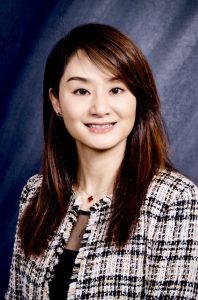
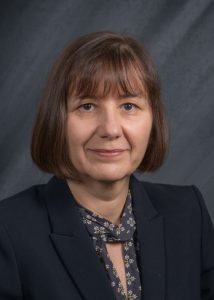
Who participated and when?
During 2021-2022, 85 patients and 18 DHCP (dentists and hygienists) from 12 practices within the National Dental Practice-Based Research Network participated in the eHygiene study. Participating ental practices located in New York, New Jersey, Pennsylvania, and Connecticut, US. All dentists and hygienists enrolled at full participation level.
This study used a two-stage implementation investigation to assess the acceptance of two components (eHygiene and SELFIE) of the mDent eHygiene model among patients and DHCP (dentists and dental hygienists who were members of the National Dental PBRN). This mDent eHygiene study used mixed methods (quantitative and qualitative) to collect outcome measures and conduct data analysis.
Briefly, the 1st stage, the eHygiene session, was designed to assess the acceptance and barriers of mDent eHygiene among patients and DHCP. The hygienist at each participating practice enrolled approximately 12 hygiene recall patients. A 20-minute instructional video for taking intraoral images was provided to participating hygienists for training purposes. Patients received 1 in-office hygiene visit to collect needed clinical parameters and intraoral images with the hygienist. These patients then received 1 virtual visit with the dentist to review examination findings and treatment plans. The 2nd stage, the SELFIE session, was designed to assess the patient’s capability to generate intraoral images using mHealth tools. Hygienists invited one of their patients who completed the 1st stage eHygiene session to participate in the SELFIE session. Patients volunteered to participate in the self-taken intra-oral photo session, under virtual guidance from the same hygienist, during the eHygiene stage.
What are the main findings?
The eHygiene examination model was well-accepted by patients, with a 70.0±23.7 SUS score. A SUS score above 68 indicates above-average usability. Females reported higher SUS scores. Patients had low SUS scores when they spent more time on the virtual visit.
- The eHygiene model was moderately accepted by dentists (SUS 51.3±15.9) and hygienists (SUS 57.1±23.8). Dentists’ and Hygienists’ SUS scores appear to be associated with a learning curve, the SUS score rated by Dentist and Hygienist increase after more patients were seen. Dentists reported lower SUS scores when spending more time on the virtual visit.
- Dentists and patients had good communication during the eHygiene examination, assessed by the Dentist-Patient Communication scale.
- In the SELFIE session, patients could complete tasks with minimum challenges and obtain diagnostic intraoral photos.
- Patients and DHCP suggest that although eHygiene has the potential to improve oral health care services, it should be used selectively depending on patients’ conditions.
- DHCP raised concerns regarding monetary and reimbursement issues, for instance, the time required for intraoral photo capturing and virtual dental visits was not traditionally reimbursed under the current dental fee schedule. Addressing these concerns and finding viable reimbursement options may help to increase the adoption and sustainability of the mDent model.
What did you learn from this study and what is next?
The study results showed promise for the two components of the eHygiene model. eHygiene offers a complementary modality for oral health data collection and examination in dental offices, which would be particularly useful during an infectious disease outbreak. Additionally, patients being able to capture critical oral health data in their home could facilitate dental treatment triage and oral health self-monitoring and potentially trigger oral health-promoting behaviors. More excitingly, mDentistry is at the intersection of incorporating artificial intelligence (AI) into dentistry. Future clinical service transformation should leverage the convenience provided by mDentistry and the robust disease screening powered by AI technology to improve oral health early detection and prevention at a broad population base.
For more information:
Research papers published about this study:
Xiao J, Kopycka-Kedzierawski D, Ragusa P, Mendez Chagoya LA, Funkhouser K, Lischka T, Wu TT, Fiscella K, Kar KS, Al Jallad N, Rashwan N, Ren J, Meyerowitz C; National Dental Practice-Based Research Network (PBRN) Collaborative Group. Acceptance and Usability of an Innovative mDentistry eHygiene Model Amid the COVID-19 Pandemic Within the US National Dental Practice-Based Research Network: Mixed Methods Study. JMIR Hum Factors. 2023 Aug 18;10:e45418. doi: 10.2196/45418. PMID: 37594795; PMCID: PMC10474507.
Research protocol and data available in our website.
This study was supported by National Institutes of Health / NIDCR grants X01DE030396, U19-DE-28717, and U01-DE-28727
If you are interested in participating, contact us!
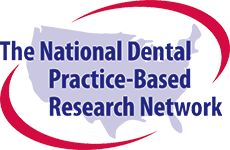

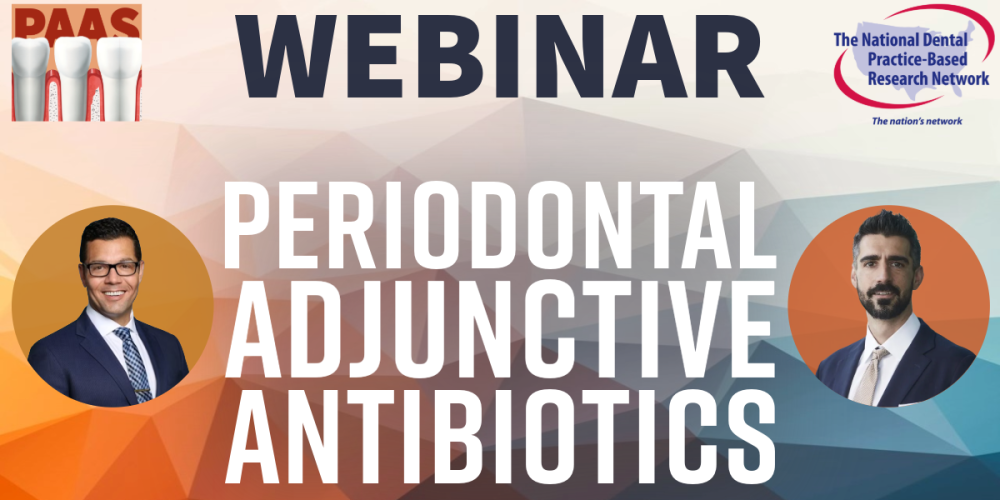
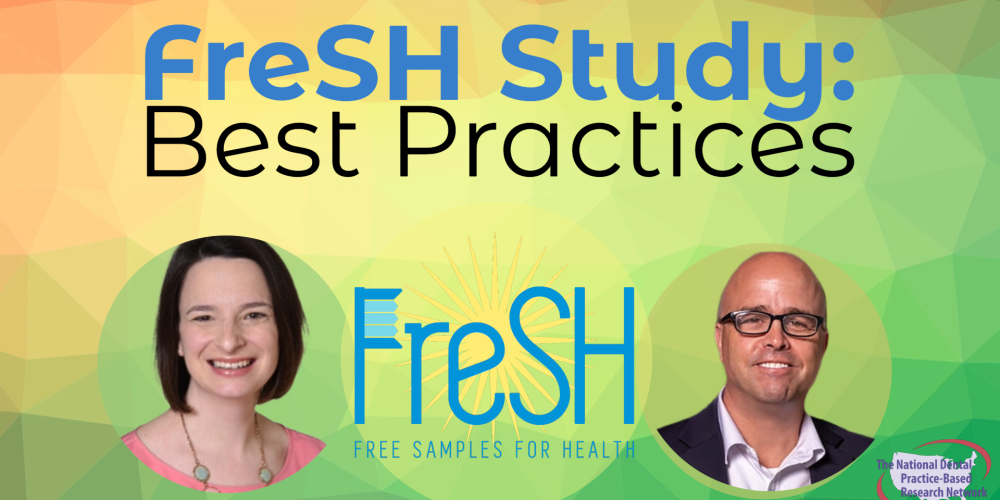

This Post Has 0 Comments